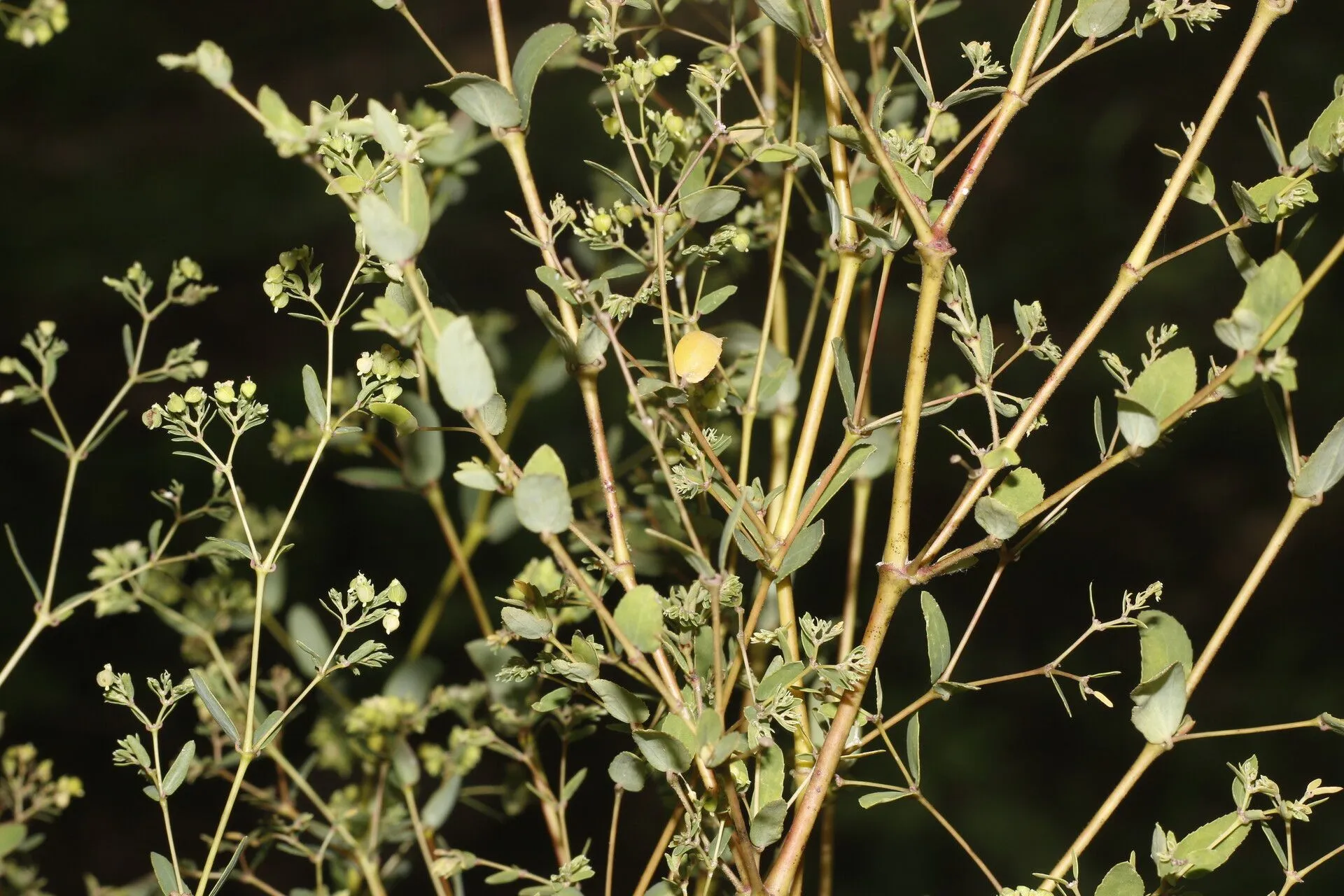
Author: L.
Bibliography: Syst. Nat. ed. 10, 2: 1048 (1759)
Year: 1759
Status: accepted
Rank: species
Genus: Euphorbia
Vegetable: False
Observations: Trop. & Subtrop. America
The plant referred to by its common name, Hyssop-leaf sandmat, and scientifically identified as Euphorbia hyssopifolia, is a distinctive member of the Euphorbiaceae family. This plant is indigenous to the tropical and subtropical regions of America, thriving in habitats that provide the specific climatic conditions necessary for its growth.
Euphorbia hyssopifolia exhibits characteristic features reflective of both its genus and its natural environment. Typically, it possesses fine, delicate leaves that resemble those of the hyssop, hence its common name. The leaves are arranged oppositely on the stems and are narrow, contributing to the plant’s graceful appearance.
The sandmat is notable for its resilience and adaptability, often found growing in diverse locales ranging from disturbed areas to more natural environments. Its flowers are small and inconspicuous, following the typical structure seen in many Euphorbiaceae species, where the actual flowers are tiny and often surrounded by colorful bracts that can be mistaken for petals.
As a member of the Euphorbiaceae family, Euphorbia hyssopifolia shares common traits with its relatives, such as the presence of latex within its tissues. This latex acts as a defense mechanism against herbivores and pathogens. Caution is recommended when handling this plant, as the latex can be a skin irritant to some individuals.
The historical botanical reference for Hyssop-leaf sandmat dates back to the mid-18th century, with its taxonomy first described in detail in the tenth edition of “Systema Naturae” published in 1759. This significant work, authored by the renowned botanist Carl Linnaeus, laid the foundational classification for many plant species, including Euphorbia hyssopifolia.
In summary, the Hyssop-leaf sandmat is a notable species within the Euphorbiaceae family known for its delicate, hyssop-like leaves and its adaptability to tropical and subtropical climates of America. This plant’s historical and botanical significance is deeply rooted in the broader study and appreciation of flora worldwide.
Eng: hyssopleaf sandmat, hyssop-leaf sandmat
Spa: golondrina, tripa de pollo
En: Hyssop-leaf sandmat, Hyssopleaf sandmat, Leafy spurge, Hyssop-leaf Broomspurge, Hyssop spurge, O-nishikiso
Ar: لبين (لِبين)، لبينه (لِبيْنه)
Es: Golondrina, Tripa de pollo
Taken Oct 30, 2020 by Karina Monserrat Pérez Ramírez (cc-by-sa)
Taken Sep 26, 2020 by RobertoSaavedra (cc-by-sa)
Taken May 9, 2012 by OTS – Oviedo-Brenes, Federico (cc-by-nc-sa)
Taken Dec 27, 2019 by Everaldo Everaldo Livramento (cc-by-sa)
Taken Aug 25, 2020 by Maria das Dores Rodrigues Vianna (cc-by-sa)
Taken Aug 31, 2021 by Nelson Zamora Villalobos (cc-by-nc)
Taken Aug 31, 2021 by Nelson Zamora Villalobos (cc-by-nc)
Taken Oct 31, 2015 by EOL − Sam Kieschnick (cc-by-nc)
Taken May 9, 2012 by OTS – Oviedo-Brenes, Federico (cc-by-nc-sa)
Taken Mar 21, 2022 by Lop3s Ray (cc-by-sa)
Taken Aug 6, 2022 by Renske Rotty (cc-by-sa)
Taken Dec 23, 2021 by Juan Carlos Ordonez (cc-by-sa)
Taken Aug 31, 2021 by Nelson Zamora Villalobos (cc-by-nc)
Taken May 4, 2011 by OTS – Oviedo-Brenes, Federico (cc-by-nc-sa)
Taken May 4, 2011 by OTS – Oviedo-Brenes, Federico (cc-by-nc-sa)
Taken Dec 7, 2012 by OTS – Oviedo-Brenes, Federico (cc-by-nc-sa)
Taken Dec 7, 2012 by OTS – Oviedo-Brenes, Federico (cc-by-nc-sa)
Taken May 9, 2012 by OTS – Oviedo-Brenes, Federico (cc-by-nc-sa)
© copyright of the Board of Trustees of the Royal Botanic Gardens, Kew.
© copyright of the Board of Trustees of the Royal Botanic Gardens, Kew.
© copyright of the Board of Trustees of the Royal Botanic Gardens, Kew.
Family: Myrtaceae Author: (F.Muell.) K.D.Hill & L.A.S.Johnson Bibliography: Telopea 6: 402 (1995) Year: 1995 Status:…
Family: Rubiaceae Author: Pierre ex A.Froehner Bibliography: Notizbl. Bot. Gart. Berlin-Dahlem 1: 237 (1897) Year:…
Family: Sapindaceae Author: Koidz. Bibliography: J. Coll. Sci. Imp. Univ. Tokyo 32(1): 38 (1911) Year:…
Family: Asteraceae Author: A.Gray Bibliography: Pacif. Railr. Rep.: 107 (1857) Year: 1857 Status: accepted Rank:…
Family: Fabaceae Author: Medik. Bibliography: Vorles. Churpfälz. Phys.-Ökon. Ges. 2: 398 (1787) Year: 1787 Status:…
Family: Aspleniaceae Author: (Cav.) Alston Bibliography: Bull. Misc. Inform. Kew 1932: 309 (1932) Year: 1932…